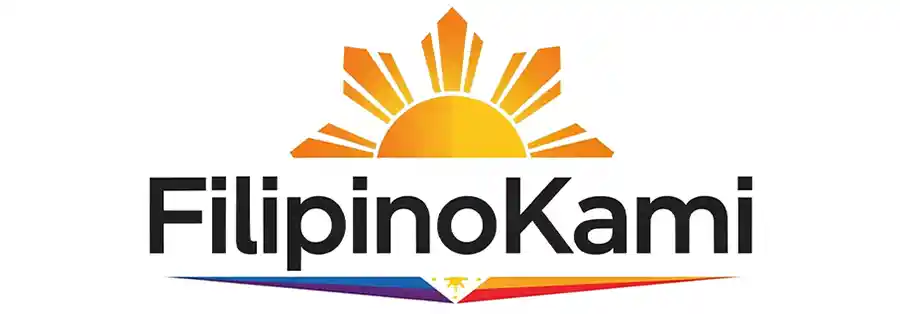BAGUIO CITY — Lawmakers from the mountain region have renewed their commitment to prioritize the pursuit of Cordillera autonomy in Congress. This renewed focus comes as leaders emphasize that achieving autonomy fulfills a vital constitutional promise and delivers “intergenerational justice” to the indigenous peoples of the region.
Formed under the leadership of the late President Corazon Aquino in the aftermath of the 1986 People Power Revolution, the Cordillera Administrative Region (CAR) unites Baguio and the highland provinces of Ifugao, Kalinga, Abra, Apayao, Benguet, and Mountain Province. This cluster represents Luzon’s largest group of indigenous Filipino communities.
Historical Roots and Legal Framework of Cordillera Autonomy
Aquino signed Executive Order No. 220, which established the CAR under a revolutionary government. This move came shortly after initiating peace talks with the late rebel priest Conrado Balweg. Under the 1987 Constitution, both Cordillera and Muslim Mindanao were promised autonomous governments to empower these culturally distinct regions.
Despite this promise, attempts to pass House Bill No. 3267—a recent measure for Cordillera autonomy—stalled in 2023. The national government cited financial constraints, particularly the P75 billion “block grant” necessary to fund an autonomous Cordillera, as a major obstacle amid ongoing global economic challenges.
Fiscal Viability Study Shapes the Future
The House Committee on Appropriations recently received a white paper detailing the Cabinet’s fiscal concerns on the autonomy bill. Department of Economy, Planning, and Development (DEPDev) Secretary Arsenio Balisacan, speaking via video, shared that a “fiscal viability study” is underway. This study is a crucial step to ensure that Cordillera autonomy is both feasible and transformative.
Secretary Balisacan, who co-signed the Cabinet’s financial white paper, highlighted the importance of this research in aligning autonomy efforts with economic realities. “In the eyes of a skeptical few,” some believed the Cordillera autonomy movement had ended after two failed organic acts in 1990 and 1998. However, subsequent bills, many co-authored by local leaders, prove that generations of Cordillerans remain steadfast in their “right to judge their future.”
Empowerment, Not Secession
Baguio Rep. Mauricio Domogan, a key advocate returned to politics this year, emphasized that the push for Cordillera autonomy is about empowerment, not rebellion or division. “Our form of autonomy is not a form of secession but of empowerment… It is not a form of rebellion but [a state of governance that promotes] peace and reconciliation… and it is not meant to divide but to strengthen unity,” he said.
Domogan added that autonomy is deeply rooted in preserving cultural identity and granting the region more authority over governance, ancestral lands, and natural resources. “Our longing and deep desire to finally enhance and protect our cultural identity, to be given more authority to govern our affairs [and] manage and protect our ancestral lands and natural resources… [and to] advance and pursue sustainable development not merely for economic gain but for intergenerational justice,” he explained.
He reminded that Cordillera communities existed long before written history and that Executive Order 220 initially aimed not only to prepare the region for autonomy but also to promote economic growth over nearly four decades.
Economic Progress and Challenges
The region’s Gross Regional Domestic Product (GRDP) grew by 4.8 percent in 2024. The agricultural sector recorded growth for the first time in decades at 1.1 percent, although this was a slowdown from 6.9 percent growth in 2023. Inflation in Cordillera also continued to ease, dropping to 2 percent in June from 2.5 percent in May, signaling stable prices and healthy consumer spending.
By contrast, national inflation slightly increased from 1.3 to 1.4 percent during the same period. Cordillera’s rugged terrain remains a major hurdle for development, noted economic planners. While achieving 98 percent paved national roads after 30 years is a milestone, more climate-resilient infrastructure—especially farm-to-market roads—are needed despite high construction costs in mountainous areas.
Green Economy Potential and Infrastructure Needs
Secretary Balisacan also highlighted the region’s vast potential to lead the country’s green economy. Cordillera’s extensive river systems could generate up to 6,600 megawatts of hydroelectric power, enough to supply much of Luzon. However, only 316 megawatts have been harnessed so far, indicating a need for reforms in power contracting processes.
He urged treating climate resilience projects as economic drivers critical to the region’s future. “The Cordillera autonomy initiative stands at a crossroads,” local leaders noted, “but with sound financial planning and strong political will, it can become a model of sustainable regional empowerment.”
For more news and updates on Cordillera autonomy, visit Filipinokami.com.

